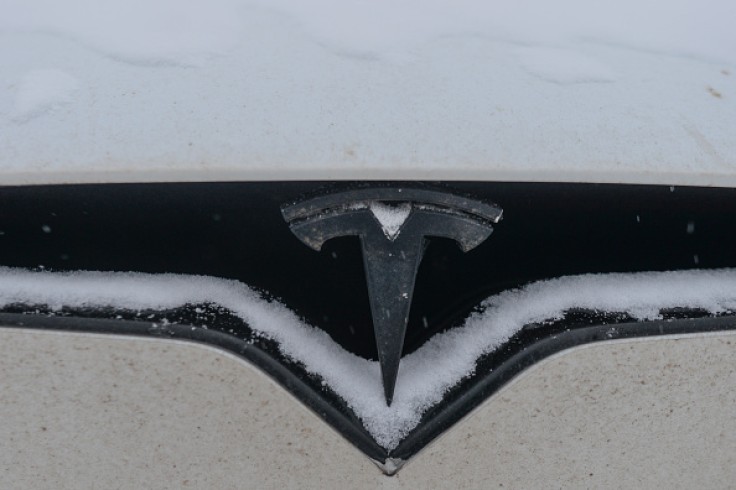Cars, whether it's gas-fueled or electric, have troubles in colder weather, but it seems that EV owners are having a harder time at it as electric cars like Tesla tend to become immobilized due to several factors caused by freezing temperatures.

Tesla's New Update Addresses the Issues
The new update, 2024.2.6, was rolled out to resolve issues concerning its charging and battery issues during cold weather. Certain Tesla drivers had complaints regarding their vehicles and how frozen charging ports prevent them from using the car.
With Tesla's recent update, there are new features that will address those complaints. For one, the system will now inform drivers how long they will have to wait until the battery is warm enough for DC fast charging.
As for the frozen charging ports, they will automatically start defrosting once the driver sets a course for a charging station through the navigation system, as reported by The Verge, which means they won't have to wait for the port to be ready after they have already arrived.
Both issues, whether it's the frozen charging port or if the battery is simply not ready for fast charging, can be significant issues to drivers especially if it results in them being stranded in extremely cold weather due to the lack of preparation.
In addition to that, older Tesla models will start adjusting their battery range while factoring in external temperatures, as well as driving history. However, these new features seem to be missing in newer Tesla models, except for the range estimate that considers the battery's age.
How You Can Prepare for Cold Weather
While these updates can help Tesla owners prevent complications from freezing temperatures, it's still important to follow the recommended practices provided by the manufacturer as it can also prevent the vehicles from sustaining damage.
Before the vehicle is used, the driver can warm the cabin first through Schedule, which can be accessible on both the charging and climate control screens. The temperature can also be customized through the mobile app by navigating through Climate.
This will heat the cabin as needed, as well as warm the battery to be ready for fast charging. When external features such as door handles, windows, mirrors, and wipers are frozen, the mobile app also has the Defrost Car function to resolve the issue.
The same function works on the charging port as well, particularly if the charge port latch freezes in place. Tesla recommends that these measures be done at least 30 to 45 minutes before using the vehicle.
During travels, Tesla also advised to use the Trip Planner to navigate through a Tesla charging location in order to preheat the battery, 30 to 45 minutes before the estimated arrival. It's possible to precondition the battery if the destination will not take as long as the recommended time.
Should the battery percentage drop to the point where the driver doubts whether it will reach the charging station in time, a good alternative would be using the seat heaters instead to keep warm, as they use less energy than the cabin heater.









